Succulents, a diverse group of plants characterized by their ability to store water in their fleshy leaves, stems, or roots, have gained immense popularity in recent years due to their low-maintenance nature and unique aesthetic appeal. With over 25 plant families and more than 10,000 species, succulents can be found in arid and semi-arid regions worldwide, from the deserts of Africa to the rainforests of Central and South America.
Despite their reputation for being hardy, watering succulents properly is critical to their survival, as improper watering can lead to root rot, fungal infections, and other issues.
In this comprehensive guide, we will discuss the science behind watering succulent plants, including factors that influence their water requirements, the effects of climate and season, various watering techniques, and the unique needs of different species.
By leveraging scientific research and expert insights, we aim to provide you with the knowledge and tools necessary to ensure the health and longevity of your succulent garden.

How often should you water succulent plants?
Determining the appropriate watering frequency for your succulents is critical for their health. In this section, we will explore the factors that influence how often you should water your succulents, and some general guidelines for watering frequency.
Factors influencing watering frequency
Watering frequency will vary depending on the climate & environment, seasonal changes, and the specific succulent species.
1. Climate and environment
The climate and environment play a significant role in determining the watering needs of your succulents. For example, in hot and arid climates, succulents may need more frequent watering due to higher evaporation rates. In contrast, in cooler and humid environments, watering needs decrease as succulents can retain moisture for a longer duration.
According to a study conducted by the Royal Horticultural Society, succulents grown in warmer temperatures require more frequent watering, with some needing water every 7-10 days during the summer months. Conversely, in cooler temperatures, watering intervals may extend to 3-4 weeks.
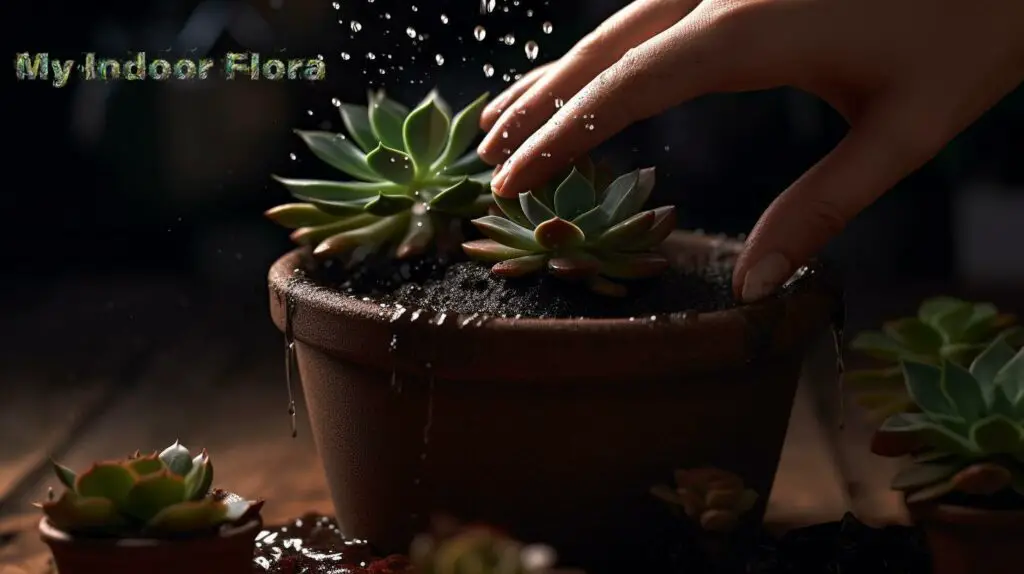
2. Seasonal changes
Seasonal variations also impact succulent watering needs. During the active growing season (spring and summer), succulents typically require more water to support growth. However, during their dormant period in the fall and winter, their water requirements decrease.
For example, research published in the journal Frontiers in Plant Science found that many succulents experience reduced metabolic activity during dormancy, leading to lower water requirements. As a result, it is essential to adjust your watering schedule based on the season to prevent overwatering or underwatering your succulents.
3. Succulent species
Different succulent species have varying water needs based on their native habitats and adaptations. For instance, desert-dwelling species like Echeverias and Aloe may require less frequent watering compared to rainforest species like Rhipsalis and Epiphyllum.
In the next section, we will discuss general guidelines for watering frequency based on whether your succulents are grown indoors or outdoors, followed by a deep dive into the best watering methods for succulent plants.
General guidelines for watering frequency
Depending on the types of succulent, whether it is indoor or outdoor, watering frequency will be different.
1. Indoor succulents
Indoor succulents typically require less frequent watering compared to their outdoor counterparts, as they are not exposed to harsh environmental conditions. As a rule of thumb, indoor succulents should be watered every 2-3 weeks during the growing season and once every 4-6 weeks during dormancy. However, it’s essential to monitor your plant’s specific needs and adjust the watering schedule accordingly.
2. Outdoor succulents
Outdoor succulents are exposed to varying environmental conditions and may require more frequent watering, especially during the warmer months. Generally, outdoor succulents should be watered once every 7-10 days during the growing season and once every 3-4 weeks during dormancy. Keep in mind that these are just guidelines, and it’s crucial to observe your plants and adjust the watering schedule based on their needs.

What is the best way to water succulent plants?
Now that we have a better understanding of the factors that influence succulent watering frequency, we will explore the best methods for watering your succulents. The most widely recommended approach is the soak and dry method, which mimics the natural watering patterns that succulents experience in their native habitats.
Understanding the soak and dry method
The soak and dry method involves thoroughly saturating the soil until water drains from the bottom of the container and then allowing it to dry completely before the next watering. This method encourages healthy root growth and prevents overwatering-related issues such as root rot. It also promotes aeration, which is essential for succulent health.
A study published in the Journal of Plant Physiology found that the soak and dry method led to improved water use efficiency and stress tolerance in succulents compared to other watering techniques. This makes it an ideal choice for maintaining the health of your succulents.
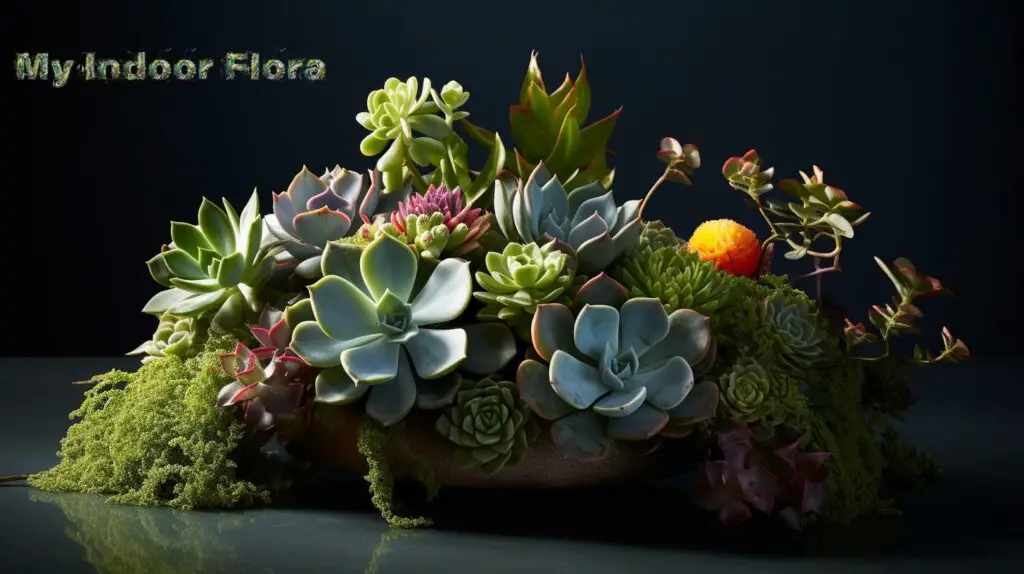
How to implement the soak and dry method
- Water your succulents thoroughly, ensuring the soil is saturated and water drains from the bottom of the container.
- Allow the soil to dry completely before watering again. This can take anywhere from several days to a couple of weeks, depending on the factors discussed earlier (climate, season, and species).
- Monitor your succulents for signs of overwatering or underwatering, and adjust the watering schedule accordingly.
Alternative watering methods for succulents
While the soak and dry method is the most recommended watering technique for succulents, there are alternative methods you can consider based on your specific situation or preferences.
1. Bottom watering
Bottom watering involves placing your succulent container in a tray or dish filled with water, allowing the soil to absorb moisture from the bottom up. This method can be useful for plants that are sensitive to having water on their leaves, as it minimizes the risk of rot or fungal issues.
To implement this method, simply fill a tray with water and place your succulent container in it for 20-30 minutes or until the topsoil is moist. If you want the details, here are the steps.
- Select a Suitable Tray or Saucer: Choose a tray or saucer that is slightly larger than the pot, ensuring it can accommodate water without overflowing.
- Add Water to the Tray: Pour water into the tray, filling it to a level where the bottom of the pot is submerged by about one inch.
- Allow Absorption: Leave the pot in the tray for approximately 20-30 minutes, allowing the plant to absorb water through the drainage holes.
- Remove Excess Water: After the designated time, remove the pot from the tray and discard any remaining water to prevent waterlogging.
2. Misting
Misting can be an effective way to provide moisture for certain succulents, particularly epiphytic species that naturally absorb water through their leaves, like Tillandsias. However, misting is generally not recommended for most succulents, as it may lead to inadequate water absorption or increased risk of rot.
3. Drip irrigation
Drip irrigation systems deliver a controlled amount of water directly to the plant’s root zone, minimizing evaporation and reducing the risk of overwatering. This method can be particularly useful for outdoor succulent gardens, where manual watering may be challenging or time-consuming. To set up a drip irrigation system for your succulents, consult a gardening expert or refer to the manufacturer’s instructions provided with the drip irrigation kit.
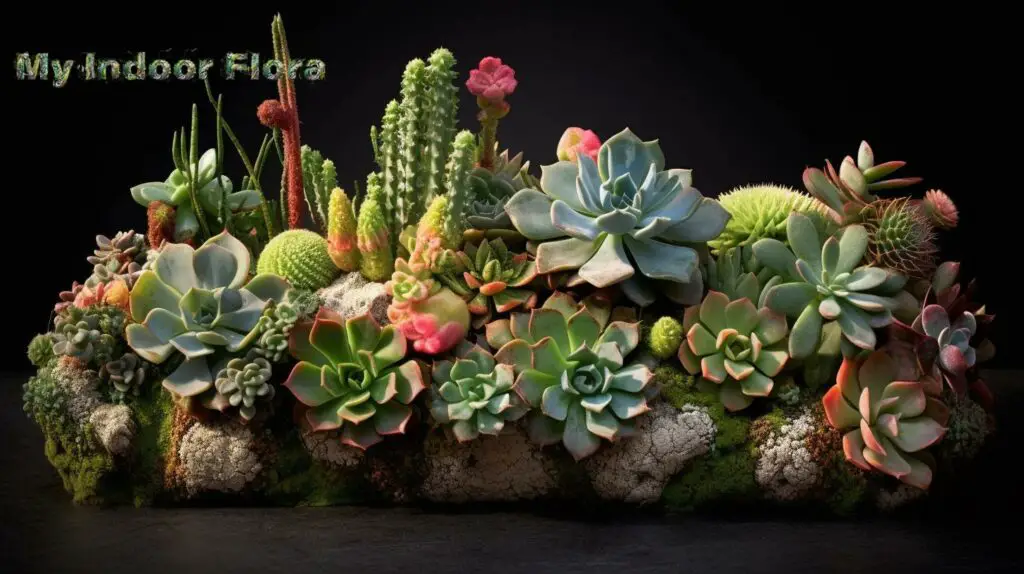
Choosing the Right Watering Tools and Containers
To water succulent plants effectively, it’s important to select the right watering tools and containers. Let’s explore some considerations for each:
Watering Tools
When it comes to watering tools, you have several options to choose from based on your specific needs and preferences. Here are a few common tools used for watering succulents:
- Watering Cans: Opt for a watering can with a long, narrow spout that allows for precise water application without drenching the leaves or soil unnecessarily. This control is particularly important when watering small or delicate succulents.
- Sprayers or Mist Bottles: A sprayer or mist bottle is ideal for providing a fine mist of water to succulents that prefer a more delicate touch, such as air plants (Tillandsia) or epiphytic succulents.
- Syringes or Pipettes: These tools are useful for targeted watering, especially when dealing with small or compact succulents in tight spaces.
Choose a watering tool that suits your specific watering needs and allows for precise and controlled water application.
Containers
Selecting the right containers for your succulent plants is equally important. Consider the following factors when choosing containers:
Drainage Holes
Ensure that the containers you choose have sufficient drainage holes. Proper drainage is crucial for preventing water from accumulating at the bottom, which can lead to root rot. If your favorite container doesn’t have drainage holes, you can create them yourself using a drill or choose to double-pot the plant, placing the inner pot with drainage holes inside a decorative outer pot.
Material and Size
Consider the material and size of the containers. Terracotta or clay pots are popular choices as they allow for breathability and better airflow to the roots. They also absorb excess moisture, reducing the risk of overwatering. However, other materials such as ceramic, plastic, or glass can also be suitable as long as they have drainage holes.
Choose a container that provides adequate space for the succulent’s roots to grow and accommodates its growth potential. A container that is slightly larger than the root ball will allow for some growth without excessive soil moisture retention.
By selecting the right watering tools and containers, you can ensure proper water delivery and maintain the overall health of your succulent plants.

Water requirements of different succulent species
Understanding the unique water requirements of different succulent species is essential for their health and vitality. In this section, we will discuss the specific water needs of some popular succulent varieties to help you tailor your watering approach to their individual requirements.
1. Echeveria
Echeveria is a desert-dwelling species native to Mexico and Central America. They prefer well-draining soil and do well with the soak and dry method. During the growing season, water your Echeveria once every 7-10 days, and reduce the frequency to once every 3-4 weeks during dormancy. Be sure to avoid getting water on the leaves, as this can lead to rot.
2. Aloe
Aloe plants are native to arid regions in Africa and prefer a well-draining soil mix. They can withstand longer periods of drought than some other succulents. Water your Aloe plant once every 2-3 weeks during the growing season, and once every 4-6 weeks during dormancy. Like Echeveria, it is essential to avoid getting water on the leaves to prevent rot.
3. Sempervivum (Hens and Chicks)
Sempervivum is a hardy species native to the mountains of Europe and North Africa. They can tolerate a wide range of temperatures and moisture levels. Water your Sempervivum once every 10-14 days during the growing season, and once every 3-4 weeks during dormancy. These plants can tolerate some moisture on their leaves, but it is still best to avoid it whenever possible.
4. Crassula (Jade Plant)
Crassula, commonly known as Jade Plant, is native to South Africa and can tolerate a wide range of conditions. They prefer a well-draining soil mix and can be watered using the soak and dry method. Water your Jade Plant once every 10-14 days during the growing season and once every 4-6 weeks during dormancy.
5. Rhipsalis
Rhipsalis is a rainforest-dwelling species native to Central and South America. They have different water requirements compared to desert-dwelling succulents and prefer a more consistently moist soil. Water your Rhipsalis once every 7-10 days during the growing season and once every 2-3 weeks during dormancy. These plants can benefit from misting or bottom watering, as they naturally absorb water through their leaves.
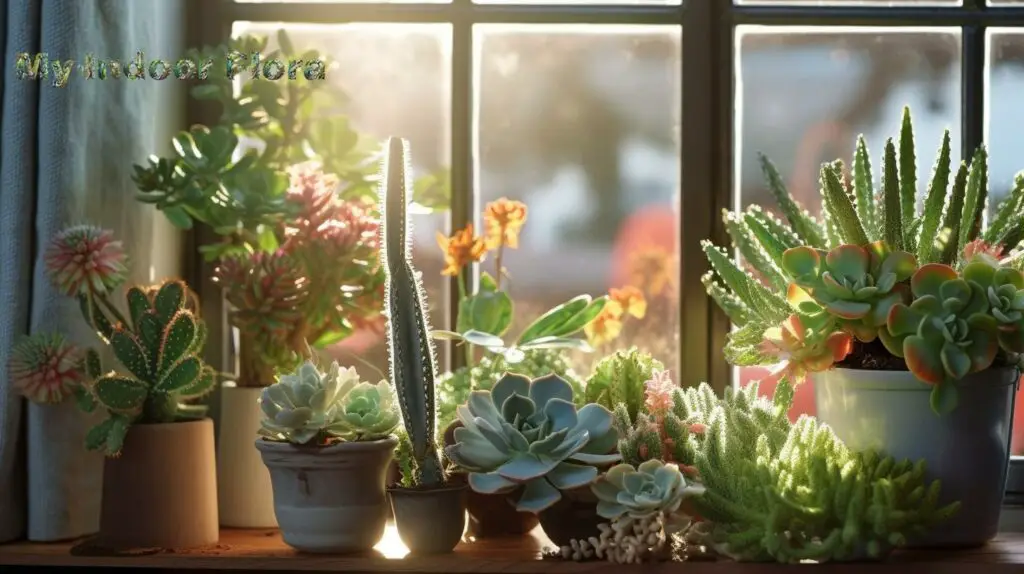
Best Practices for Succulent Watering
Apart from the frequency and techniques of watering, there are some general best practices that can help you ensure successful succulent watering. Let’s explore these practices:
Time of Day to Water Succulents
Watering succulents in the morning is generally recommended. Watering early in the day allows the plants to absorb moisture and dry off any excess water before cooler nighttime temperatures, reducing the risk of fungal diseases.
Avoiding Common Watering Mistakes
Here are some common watering mistakes to avoid:
- Overwatering: Overwatering is one of the most common causes of succulent problems. Ensure the soil is dry before watering again and resist the temptation to water out of schedule.
- Underwatering: While succulents are drought-tolerant, underwatering can also be detrimental. Find the balance between allowing the soil to dry out and providing enough moisture to keep the plants healthy.
- Watering Leaves: Succulent leaves are prone to rot if they remain wet for too long. Direct the water towards the soil, avoiding excessive contact with the leaves.
Monitoring Moisture Levels in the Soil
Regularly monitoring the moisture levels in the soil is crucial for understanding when to water your succulents. Stick your finger or a moisture meter into the soil to gauge its dryness before deciding to water. Remember, it’s better to slightly underwater than to overwater succulents.
By following these best practices, you can ensure that your succulents receive the appropriate amount of water and thrive in their unique growing conditions.
Can succulents be overwatered?
Overwatering is a common problem faced by succulent owners, as it can cause various issues such as root rot and fungal infections. In this section, we will discuss the signs of overwatering in succulents and provide tips on how to prevent it.
Signs of overwatering in succulents
1. Yellowing leaves
One of the earliest signs of overwatering in succulents is yellowing leaves. When the plant receives too much water, the cells in the leaves become engorged, causing them to turn yellow and eventually fall off.
2. Mushy stems
Overwatered succulents may also exhibit mushy, soft stems. This is due to the breakdown of plant tissue caused by excess water, leading to a loss of structural integrity.
3. Root rot
Root rot is a common consequence of overwatering and occurs when the plant’s roots are submerged in water for too long, leading to fungal infections and the death of the root system.
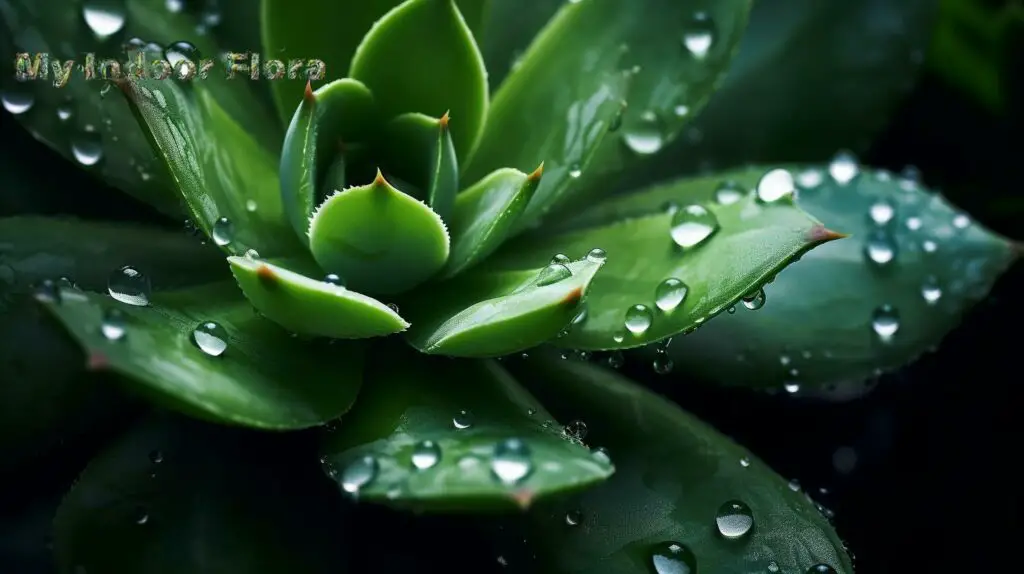
How to prevent overwatering
1. Choosing the right soil
Selecting a well-draining soil mix is crucial for preventing overwatering in succulents. A mix containing ingredients like perlite, pumice, or coarse sand can improve drainage and prevent water from sitting around the roots for too long.
2. Ensuring proper drainage
Make sure your succulent container has drainage holes to allow excess water to escape. This is especially important when using the soak and dry method to water your succulents.
3. Monitoring humidity levels
High humidity levels can cause succulents to retain more moisture, increasing the risk of overwatering. Monitor the humidity in your growing environment and adjust your watering schedule accordingly.
How to water succulents during dormancy?
Adequate watering during dormancy is crucial for maintaining succulent health. In this section, we will discuss how to identify the dormancy period for different succulent species, adjust watering frequency, and maintain succulent health during dormancy.
Identifying the dormancy period for different succulent species
The dormancy period varies among succulent species. Some succulents enter dormancy during the colder months, while others may become dormant during the hottest part of the year. Research your specific succulent species to determine their dormancy period and adjust your watering schedule accordingly.
Adjusting watering frequency during dormancy
During dormancy, succulents require less water due to reduced metabolic activity. As a general rule, reduce your watering frequency by half during this period. Monitor your succulents for signs of dehydration, such as wrinkled or shriveled leaves, and adjust your watering schedule if necessary.
Tips for maintaining succulent health during dormancy
- Provide adequate light: Ensure your succulents receive sufficient light during dormancy, as low light levels can lead to etiolation or weak, leggy growth.
- Maintain stable temperatures: Keep your succulents in a stable temperature environment, avoiding extreme temperature fluctuations.
- Avoid repotting: Refrain from repotting succulents during dormancy, as this can cause additional stress.

How to water succulents in different containers?
The type of container you choose for your succulents can impact their watering needs. In this section, we will discuss how to water succulents in pots, terrariums, and vertical gardens.
Watering succulents in pots
1. Types of pots suitable for succulents
Select pots made from materials like terracotta or unglazed ceramic, which allow for better air circulation and moisture evaporation. Ensure the pot has drainage holes to prevent overwatering.
2. Drainage considerations
When choosing a pot for your succulents, consider the size and depth of the pot in relation to the plant’s root system. Shallow pots may require more frequent watering due to faster evaporation, while deeper pots may retain moisture longer, requiring less frequent watering.
3. Watering techniques for potted succulents
Use the soak and dry method for watering potted succulents, ensuring that the soil is thoroughly saturated and water drains from the bottom of the container. Adjust your watering frequency based on factors such as climate, season, and species.
Watering succulents in terrariums
1. Special considerations for terrariums
Terrariums can create a more humid environment due to the enclosed space, which can increase the risk of overwatering. Ensure that your terrarium has a drainage layer (such as gravel or pebbles) to prevent water from pooling around the roots.
2. Watering techniques for terrarium succulents
When watering succulents in a terrarium, use a spray bottle or dropper to deliver water directly to the base of the plant, avoiding the leaves. Be cautious not to overwater, as terrariums can retain moisture for longer periods.
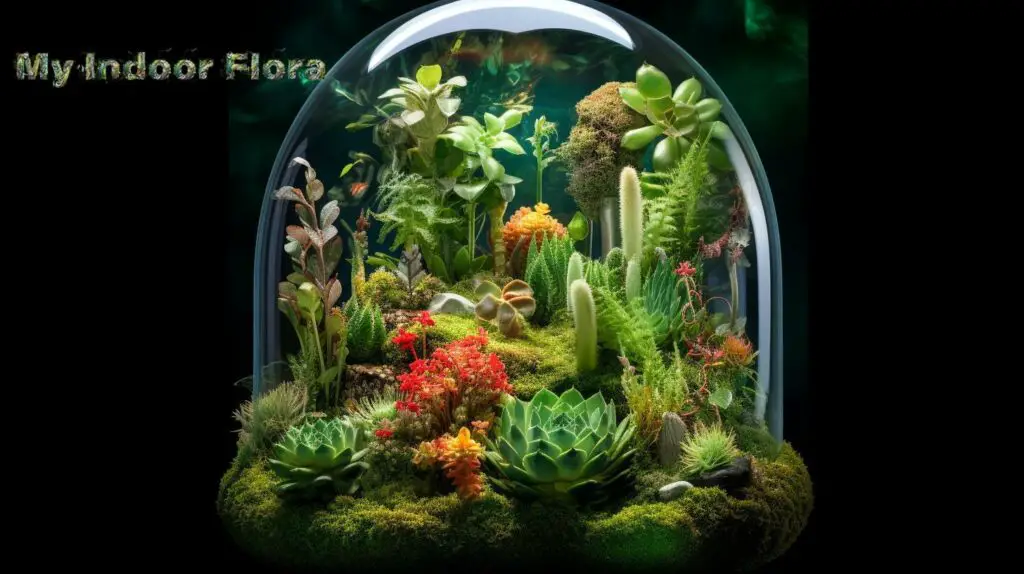
Watering succulents in vertical gardens
Vertical gardens present unique challenges for watering succulents, as water tends to drain downward, potentially leaving the top plants under-watered and the bottom plants overwatered.
To ensure even watering in a vertical garden, use a drip irrigation system or a watering wand with a gentle flow. Start watering at the top of the garden, allowing water to trickle down to the lower plants. Monitor the moisture levels in the soil of each plant and adjust your watering technique as needed.
Adjusting Watering During Different Seasons
Adapting your watering routine to accommodate seasonal changes is essential for the health of your succulent plants. Here are some tips for adjusting watering during different seasons:
Summer Watering Considerations
During the hot summer months, succulents may require more frequent watering due to increased evaporation rates. Keep the following points in mind:
- Monitor Soil Moisture: Check the soil moisture levels more frequently, as succulents may dry out faster in the heat. Water when the top inch of soil feels dry.
- Provide Shade or Protection: If your succulents are exposed to intense sunlight during summer, provide them with some shade or protective cover to prevent excessive water loss.
- Avoid Watering in Full Sun: Water your succulents in the early morning or late afternoon when the sun is less intense. Watering during the hottest part of the day can lead to rapid evaporation, reducing the effectiveness of watering.
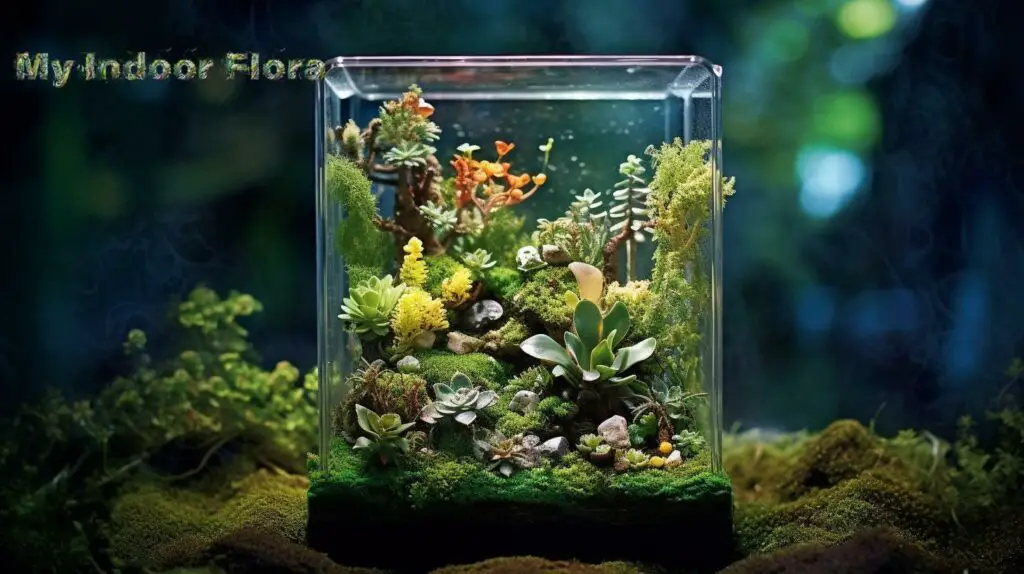
Winter Watering Adjustments
In winter, succulents go through a period of dormancy, and their watering needs decrease. Here’s what you should keep in mind:
- Reduce Watering Frequency: Succulents require less water during winter. Allow the soil to dry out more between waterings, adjusting the frequency based on the plant’s needs and the local climate.
- Be Mindful of Temperature and Humidity: Consider the indoor temperature and humidity levels during winter. Succulents kept indoors may require even less frequent watering due to lower light levels and cooler indoor temperatures.
- Avoid Cold Water: Cold water can shock succulents during winter. Use room temperature or slightly warm water when watering to prevent temperature extremes.
By making these seasonal adjustments, you can ensure that your succulents receive the appropriate care and maintain their health throughout the year.
Preventing and Treating Watering Issues
Despite your best efforts, watering issues may still arise with succulent plants. Here are some preventive measures and treatments for common watering problems:
Root Rot Prevention and Treatment
Root rot is a common issue caused by overwatering or poor drainage. To prevent and treat root rot:
- Ensure Proper Drainage: Use well-draining soil and containers with drainage holes to prevent water from accumulating around the roots.
- Adjust Watering Frequency: If you notice signs of root rot, reduce the watering frequency and allow the soil to dry out more before watering again. Consider repotting the succulent in fresh, well-draining soil if the root rot is severe.
- Trim Affected Roots: If root rot has occurred, carefully trim off the affected roots using sterilized tools. Allow the plant to dry out before replanting in fresh soil.
Addressing Dehydration and Wilting
Underwatering can lead to dehydration and wilting in succulents. To address these issues:
- Increase Watering Frequency: If your succulent shows signs of dehydration or wilting, increase the watering frequency while ensuring proper drainage. Monitor the soil moisture levels closely and adjust watering as needed.
- Provide Adequate Sunlight: Ensure that your succulent receives enough sunlight to stimulate photosynthesis and healthy growth. Place it in a location with appropriate light conditions for its specific needs.
By being proactive in preventing and addressing watering issues, you can promote the overall well-being of your succulent plants.
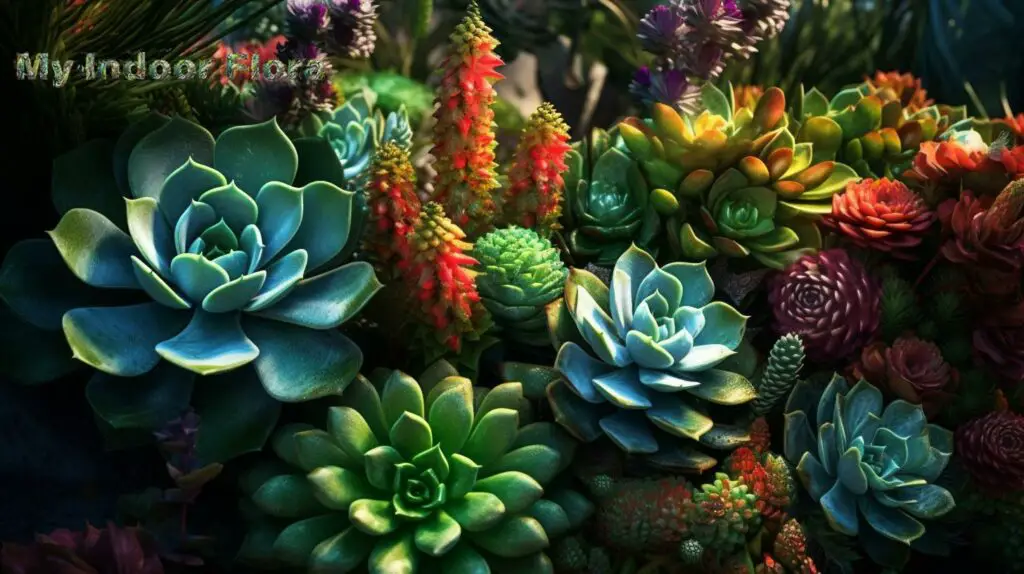
Conclusion
Watering succulents can be a delicate balance, but with the right knowledge and techniques, you can help your plants thrive. Remember to consider factors like climate, season, and species when determining your watering schedule, and employ the appropriate watering methods to ensure the health and vitality of your succulents. By following these guidelines and paying attention to the specific needs of your plants, you will be well on your way to creating a thriving succulent garden.
